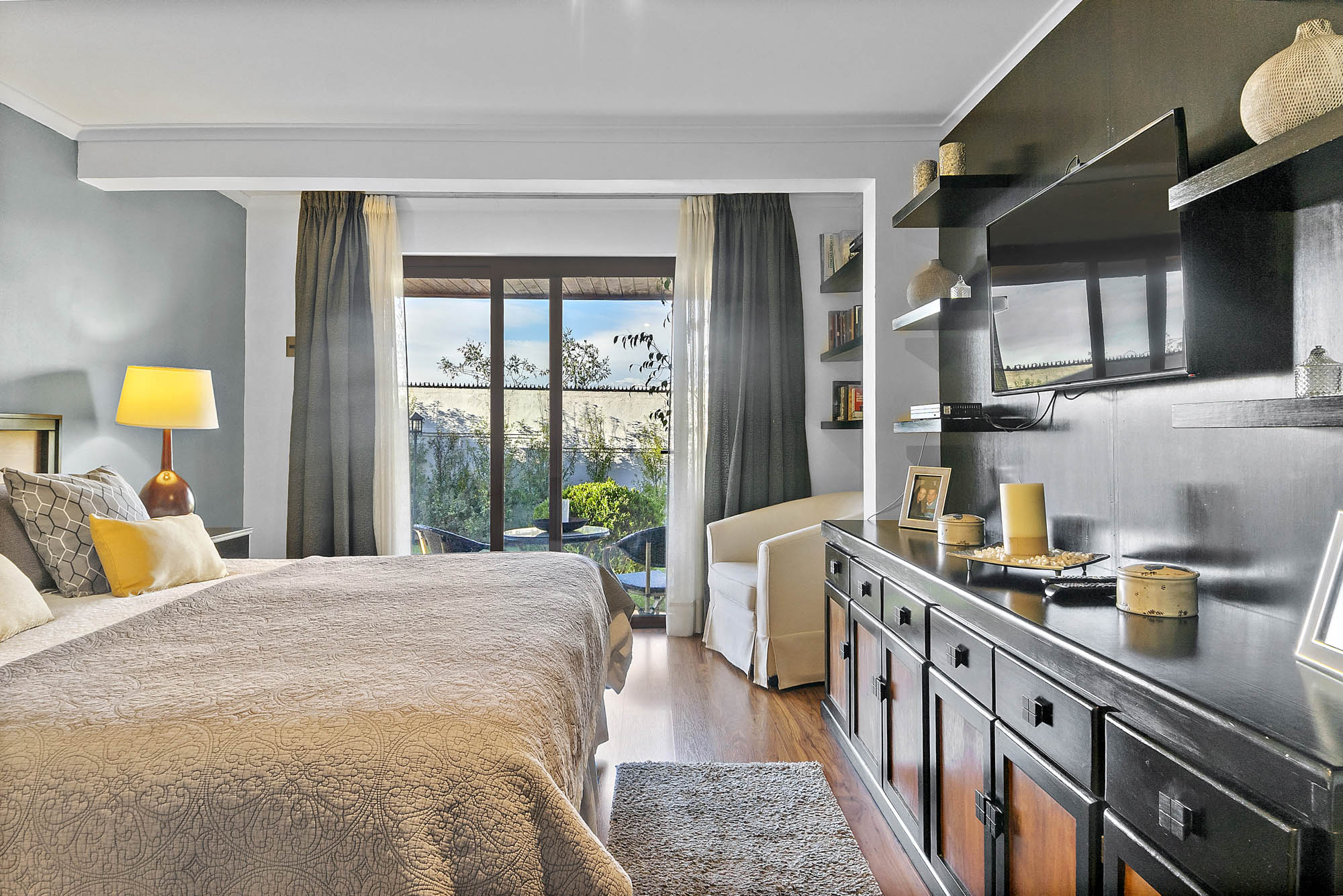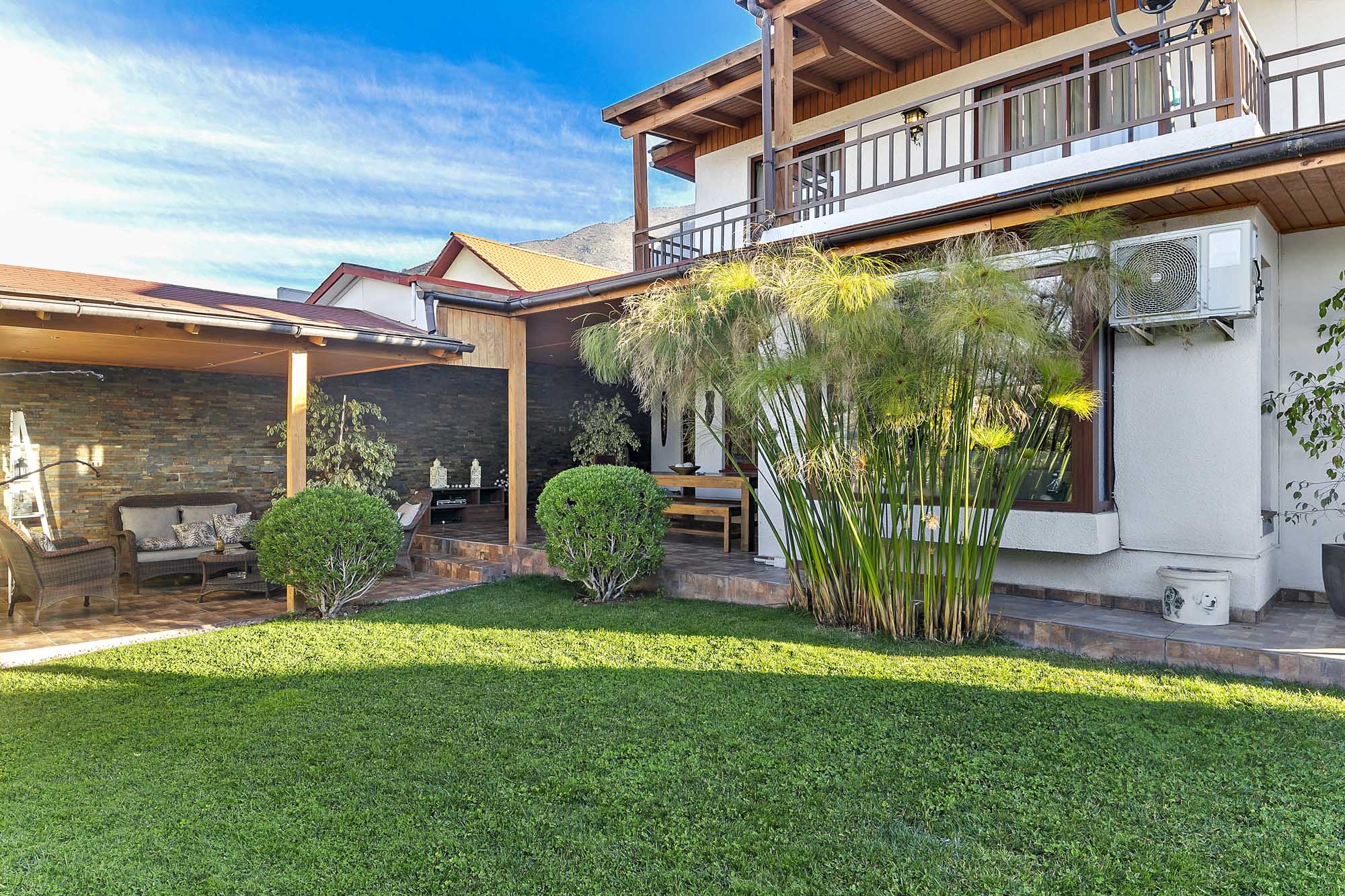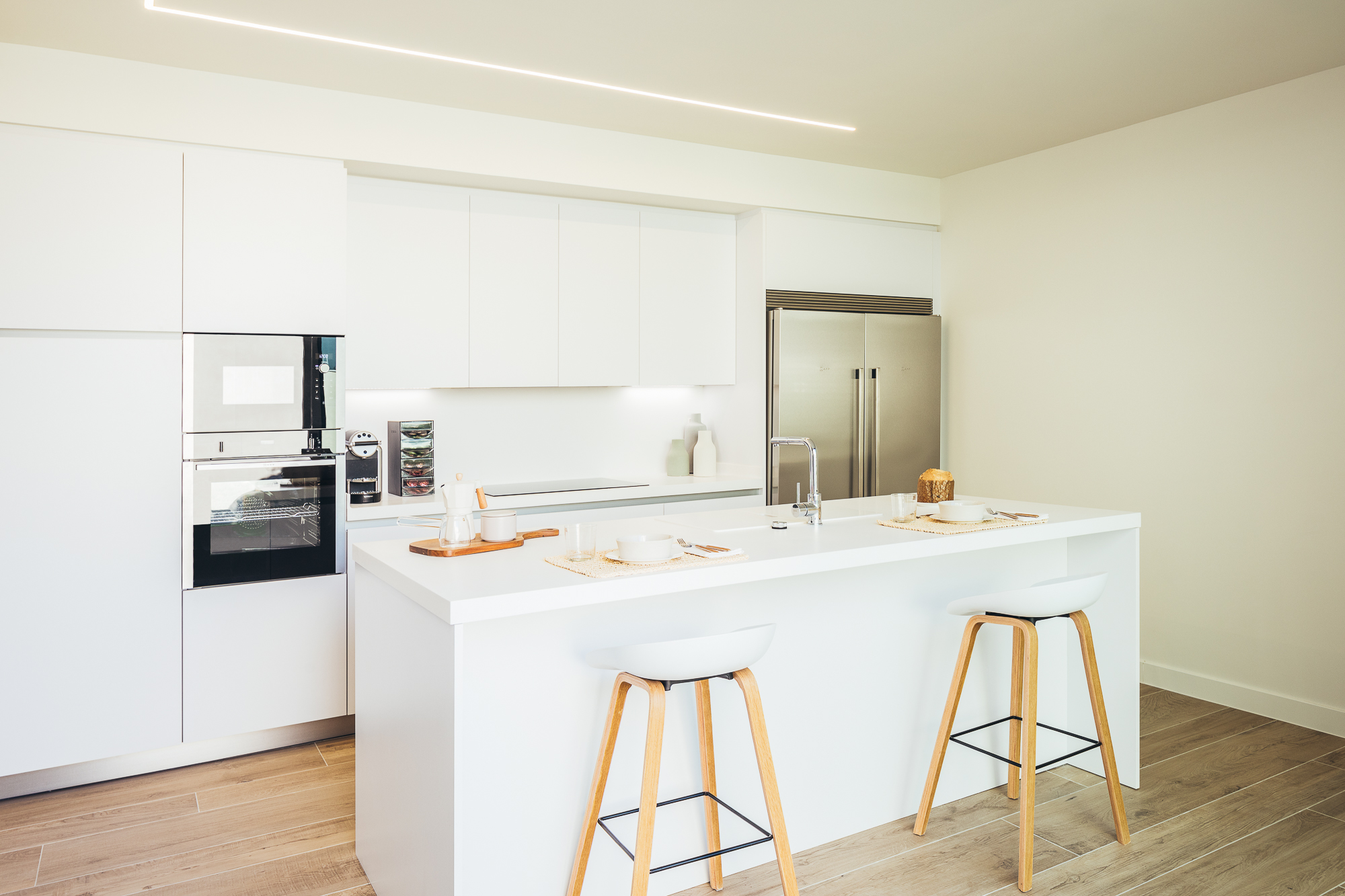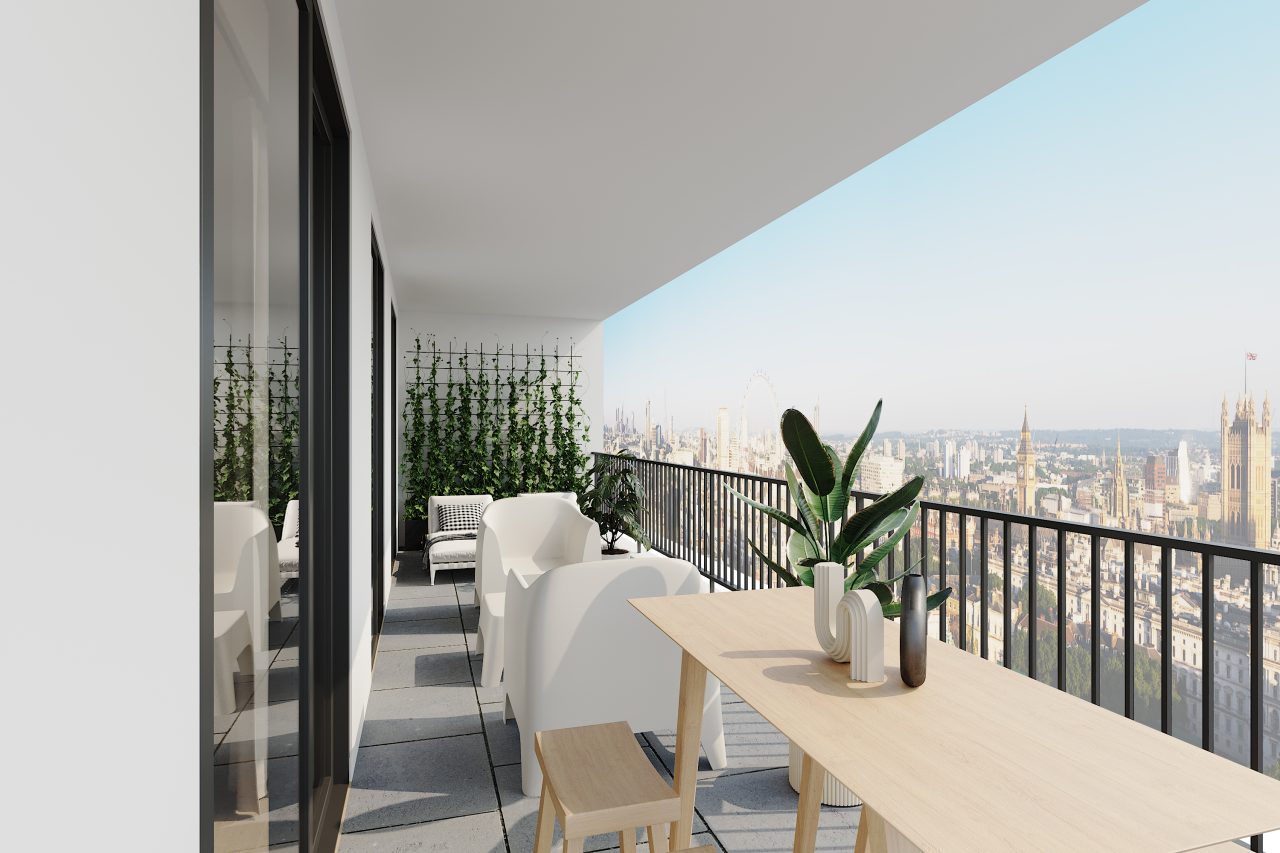Many young people starting out in photography have the creative skills needed to succeed in this business. Managing a shoot, scheduling time and taking pictures is often the easiest part of the job, but when it comes to administering the money, a number of questions come up, especially when it comes to accounting.
Photography is an exciting and fun profession, but as with everything else, paying bills and keeping track of money is often stressful. It’s not just about setting a fee for the work to be done and keeping track of income, but it’s also very important to keep track of expenses and additional payments such as health or taxes, which are necessary to calculate the actual earnings.
Let’s start with one of the most important issues. Before finding a potential project or client, which we know can take time, you need to set a price for your work.
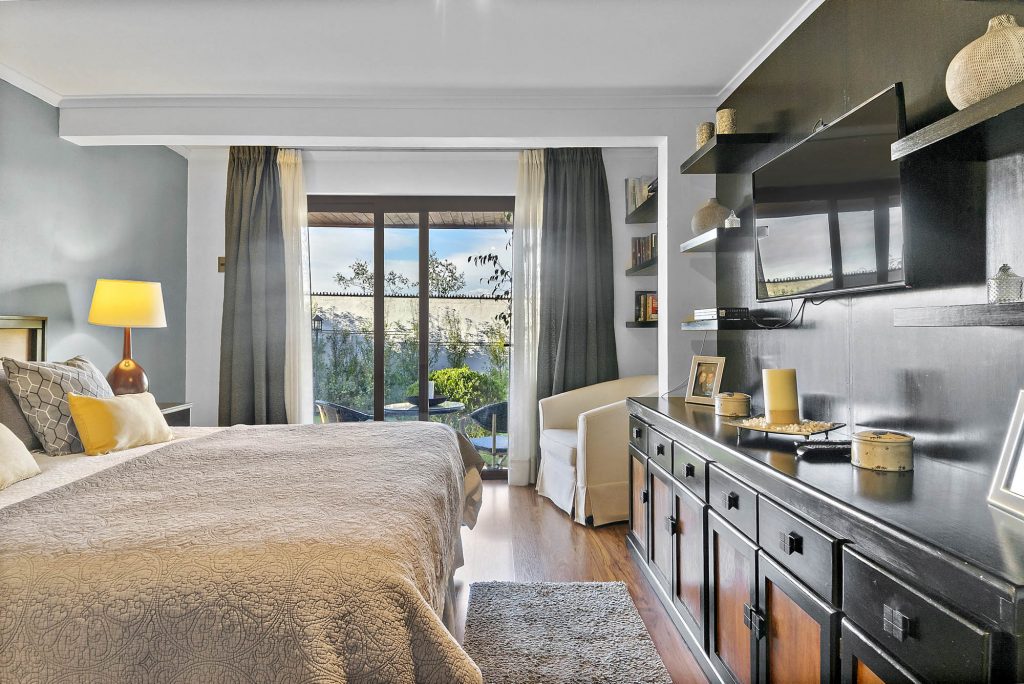
1. What should you have in mind when budgeting for a session?
When you start working on your first photo shoots, you should calculate how much you can charge for what you are going to do. At this point it is very important that you have two factors in mind: the time it will take you to carry out the specific project and the value of the equipment you will use for it.
As for the time you will use to carry out the session, you must be very clear about your client’s needs, from what he/she wants to transmit with the photographs, to where the locations will be, so you can evaluate more clearly how many hours or days it will take you to carry out the work.
At the same time, you can’t forget that you are using your own resources or tools to do the project. Depending on the value of your equipment and the use you make of it during the shoot, you can calculate how much to charge for your time.
A tip is to search the internet for other professionals like you, or perhaps some job offers similar to the one you are going to do, so you can get an idea of what the market price is and not err on the side of charging too little or too much.
2. How should the budget for a session be organised?
Having a method to organise your shoot budgets will be an important tool for your work to get better results.
To build the budget for each session, you can divide your work into three parts: Pre Production, Production and Post Production.
In Pre Production, you must define everything you need to carry out the project, know the objectives of the session, where it will take place, how long it will take you to get there, how to get there, what equipment you need and define if you need something or someone to carry it out smoothly.
Production is what happens on the day of the shoot. Depending on the style of photography, the actions will vary according to each case, the point is that everything is ready so that there are no setbacks.
Finally, for the Post Production, you will have to evaluate if the material needs to be edited, if you are going to do it yourself or a third party and how much time or money you will need to do it and what means you will use to send it to the client.
Once you are clear on all these points, you will be able to make a correct calculation of how much your budget for the session will be and it will help you to have a more concrete rate when you are charging for your work.
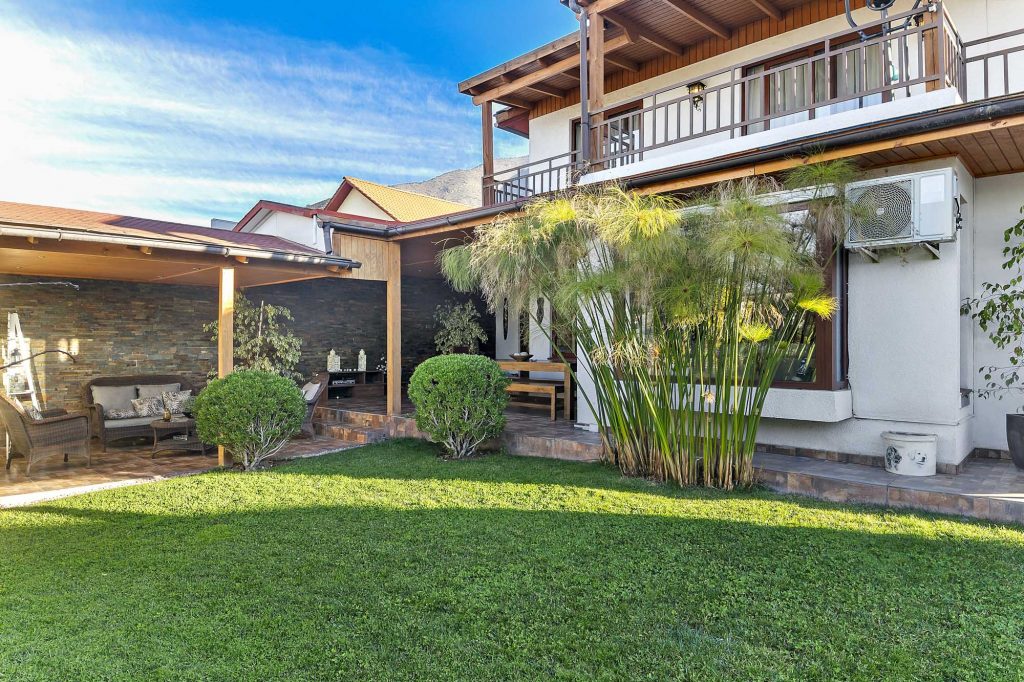
3. What are the additional costs of freelancing?
Surely in your country you should make some contributions in the form of taxes for your work as a freelancer. For example, in Chile it is compulsory to contribute if you generate fee receipts and, according to your income, the social security deductions. If you do not do so on a monthly basis, this will be deducted from your annual tax.
The calculation of how much you will have to contribute will depend on your income levels during the year in which you generate the fee slips and according to the professional services you provide. The good news is that some professionals may be exempt from this payment if they generate income of $1,000,000, and will be eligible for 100% of your tax refund.
These calculations are important so that you know how much of your income you will have to allocate to pay these obligations and can be included in the budget you have to make for your work.
Being clear about your work will allow you to grow as a professional and show that you not only have the talent to take excellent photographs, but also the ability to carry out organised projects.
Conclusión
“You have to be organised, regardless of whether you charge too much, too little or too much. The work should be done in an organised way, then it will become easier and smoother to work with these methods in the future,” says Cristobal Padilla, part of the widu team.
At widu there is also room for talented photographers, who are eager to work and grow professionally. Contact us, sign up and become part of the most powerful network of photographers in Chile.


